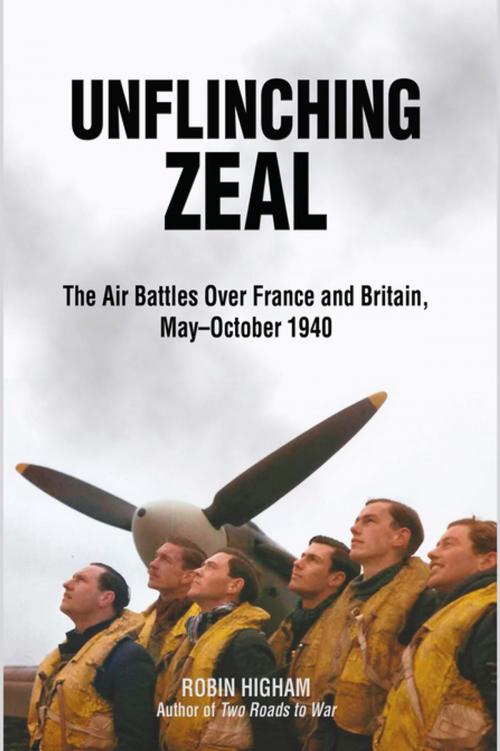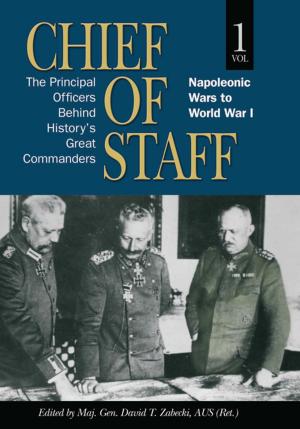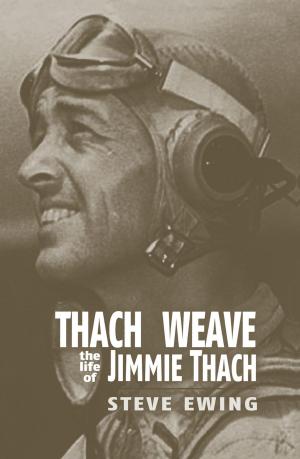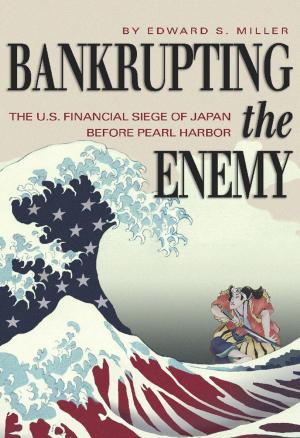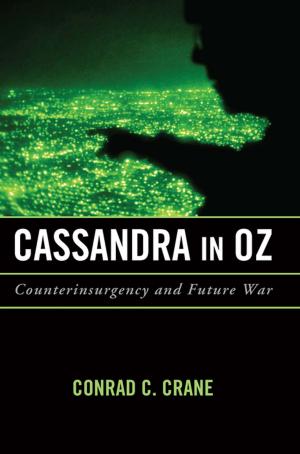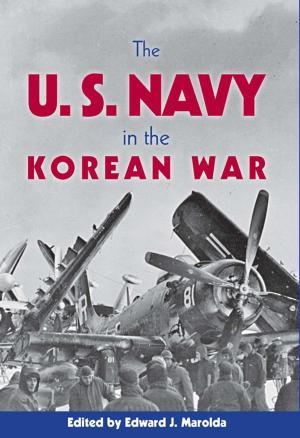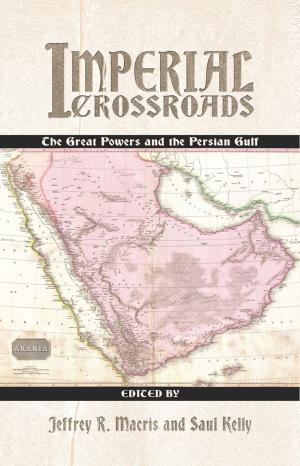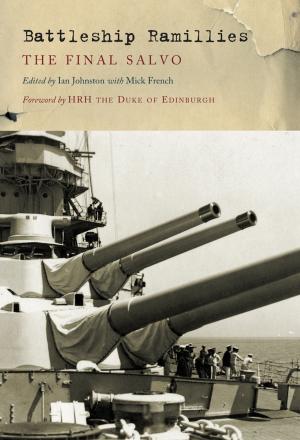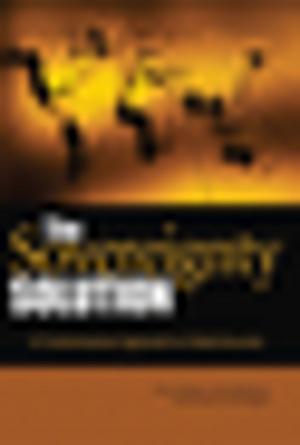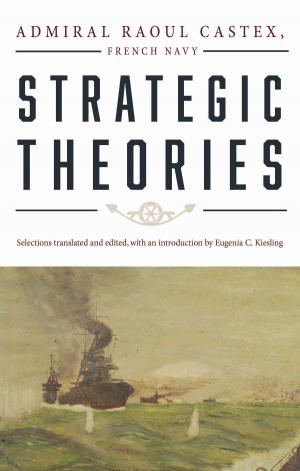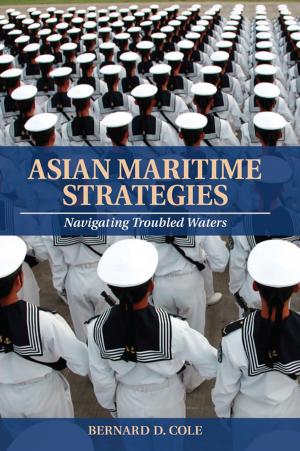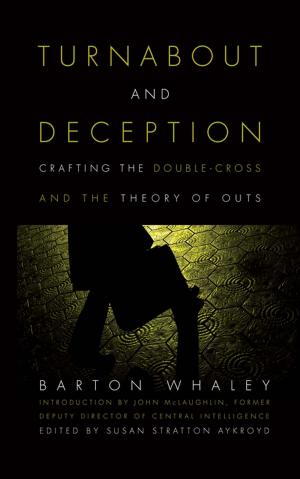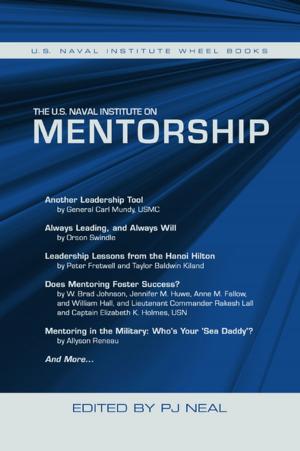Unflinching Zeal
The Air Battles Over France and Britain, MayOctober 1940
Nonfiction, History, Military, World War II| Author: | Robin Higham | ISBN: | 9781612511122 |
| Publisher: | Naval Institute Press | Publication: | September 15, 2012 |
| Imprint: | Naval Institute Press | Language: | English |
| Author: | Robin Higham |
| ISBN: | 9781612511122 |
| Publisher: | Naval Institute Press |
| Publication: | September 15, 2012 |
| Imprint: | Naval Institute Press |
| Language: | English |
Noted aviation historian Robin Higham examines the evolution of the Armée de l’Air and RAF during the interwar period. Although France and England shared a mutual enemy in Germany, the development of the air forces of in each nation shared few commonalities.
Higham demonstrates that the Armée de l’Terre dominated strategic and doctrinal planning in France. The resulting emphasis on traditional land warfare, combined with the volatility of French politics in 1920s, blunted the development of French air forces. By 1940, they were ill prepared, technologically inferior, and out manned when the Luftwaffe aircraft darkened the skies over the French countryside. Although the causes of the defeat of France in 1940 have been debated by historians, none have focused on the role and place of the Armée de l’Air in that defeat. Historians of France have been much more comfortable arguing about politics and the Armée de Terre. As Higham illustrates, however, it is important understand the impact of the development of the Armée de l’Air, its doctrine, equipment, personnel, and budgets.
Comparatively, the success of the Royal Air Force in the skies over Britain was due largely to the fact that the independent RAF evolved into a sophisticated, scientifically based force, supported by consistent government practices. Higham’s thorough examination, however, finds the British not without error in the two decades that followed the Treaty of Versailles. But strong government support and technological innovation during this period paved the way for success once the war began.
Higham demonstrates that the Armée de l’Terre dominated strategic and doctrinal planning in France. The resulting emphasis on traditional land warfare, combined with the volatility of French politics in 1920s, blunted the development of French air forces. By 1940, they were ill prepared, technologically inferior, and out manned when the Luftwaffe aircraft darkened the skies over the French countryside. Although the causes of the defeat of France in 1940 have been debated by historians, none have focused on the role and place of the Armée de l’Air in that defeat. Historians of France have been much more comfortable arguing about politics and the Armée de Terre. As Higham illustrates, however, it is important understand the impact of the development of the Armée de l’Air, its doctrine, equipment, personnel, and budgets.
Comparatively, the success of the Royal Air Force in the skies over Britain was due largely to the fact that the independent RAF evolved into a sophisticated, scientifically based force, supported by consistent government practices. Higham’s thorough examination, however, finds the British not without error in the two decades that followed the Treaty of Versailles. But strong government support and technological innovation during this period paved the way for success once the war began.
Noted aviation historian Robin Higham examines the evolution of the Armée de l’Air and RAF during the interwar period. Although France and England shared a mutual enemy in Germany, the development of the air forces of in each nation shared few commonalities.
Higham demonstrates that the Armée de l’Terre dominated strategic and doctrinal planning in France. The resulting emphasis on traditional land warfare, combined with the volatility of French politics in 1920s, blunted the development of French air forces. By 1940, they were ill prepared, technologically inferior, and out manned when the Luftwaffe aircraft darkened the skies over the French countryside. Although the causes of the defeat of France in 1940 have been debated by historians, none have focused on the role and place of the Armée de l’Air in that defeat. Historians of France have been much more comfortable arguing about politics and the Armée de Terre. As Higham illustrates, however, it is important understand the impact of the development of the Armée de l’Air, its doctrine, equipment, personnel, and budgets.
Comparatively, the success of the Royal Air Force in the skies over Britain was due largely to the fact that the independent RAF evolved into a sophisticated, scientifically based force, supported by consistent government practices. Higham’s thorough examination, however, finds the British not without error in the two decades that followed the Treaty of Versailles. But strong government support and technological innovation during this period paved the way for success once the war began.
Higham demonstrates that the Armée de l’Terre dominated strategic and doctrinal planning in France. The resulting emphasis on traditional land warfare, combined with the volatility of French politics in 1920s, blunted the development of French air forces. By 1940, they were ill prepared, technologically inferior, and out manned when the Luftwaffe aircraft darkened the skies over the French countryside. Although the causes of the defeat of France in 1940 have been debated by historians, none have focused on the role and place of the Armée de l’Air in that defeat. Historians of France have been much more comfortable arguing about politics and the Armée de Terre. As Higham illustrates, however, it is important understand the impact of the development of the Armée de l’Air, its doctrine, equipment, personnel, and budgets.
Comparatively, the success of the Royal Air Force in the skies over Britain was due largely to the fact that the independent RAF evolved into a sophisticated, scientifically based force, supported by consistent government practices. Higham’s thorough examination, however, finds the British not without error in the two decades that followed the Treaty of Versailles. But strong government support and technological innovation during this period paved the way for success once the war began.
